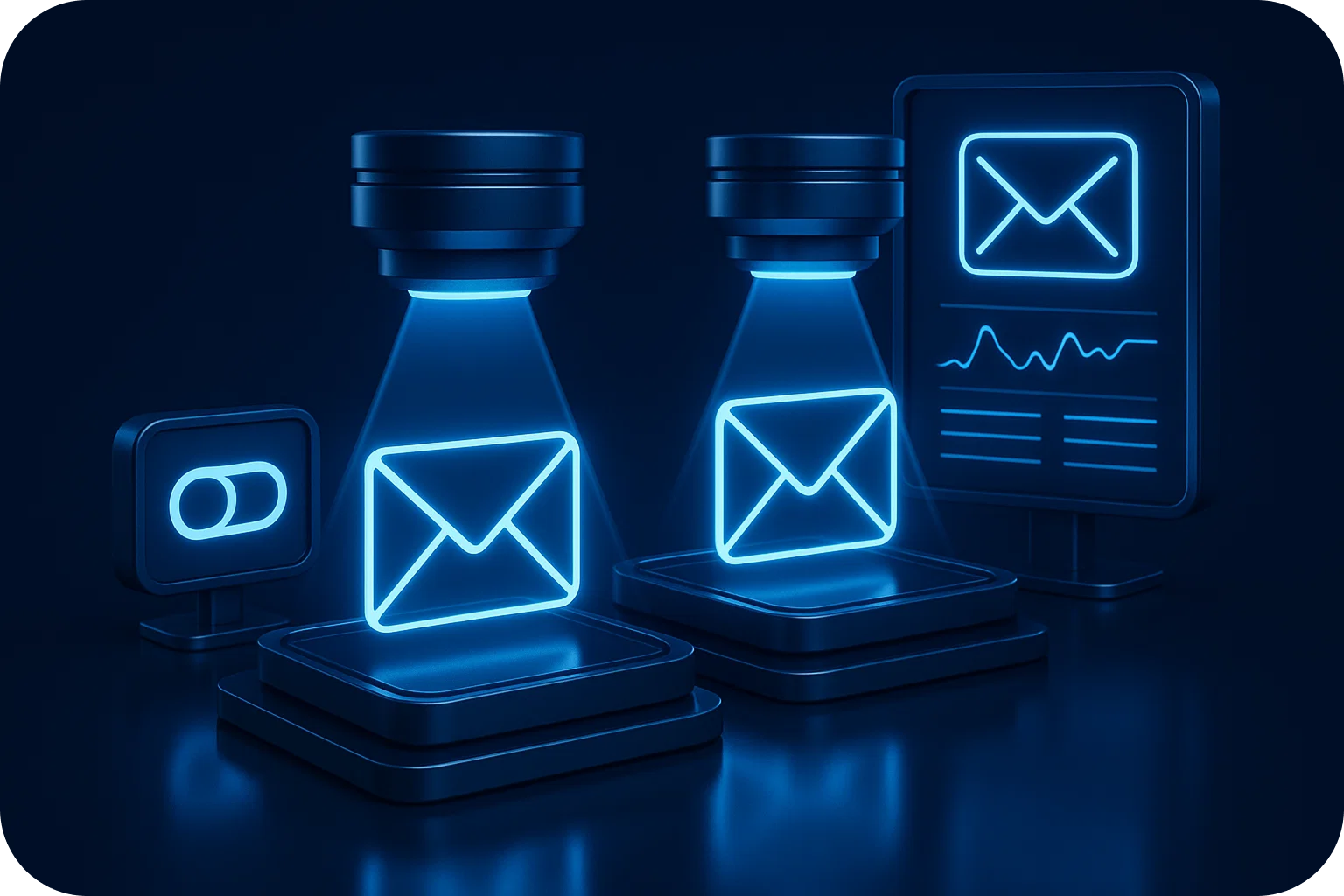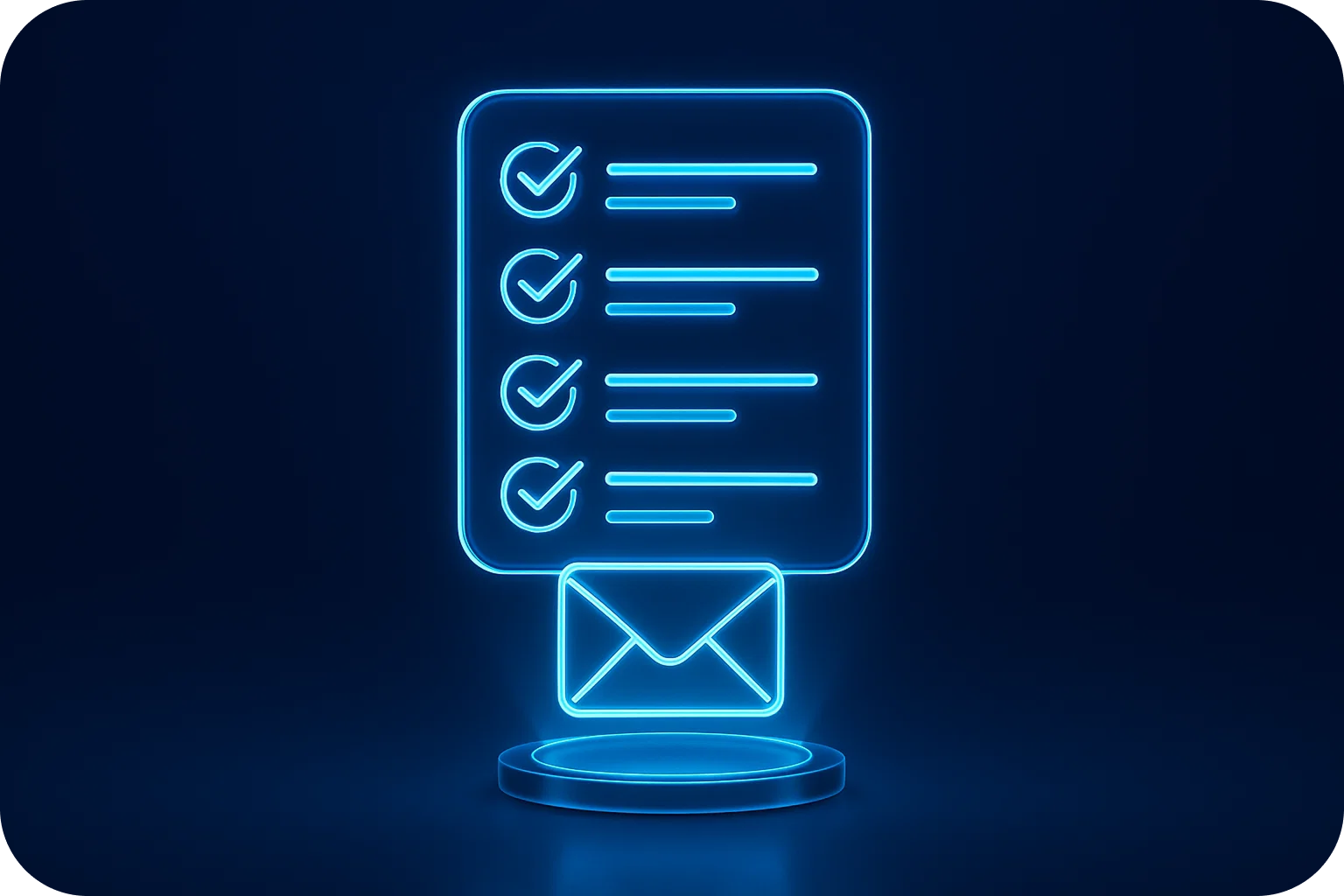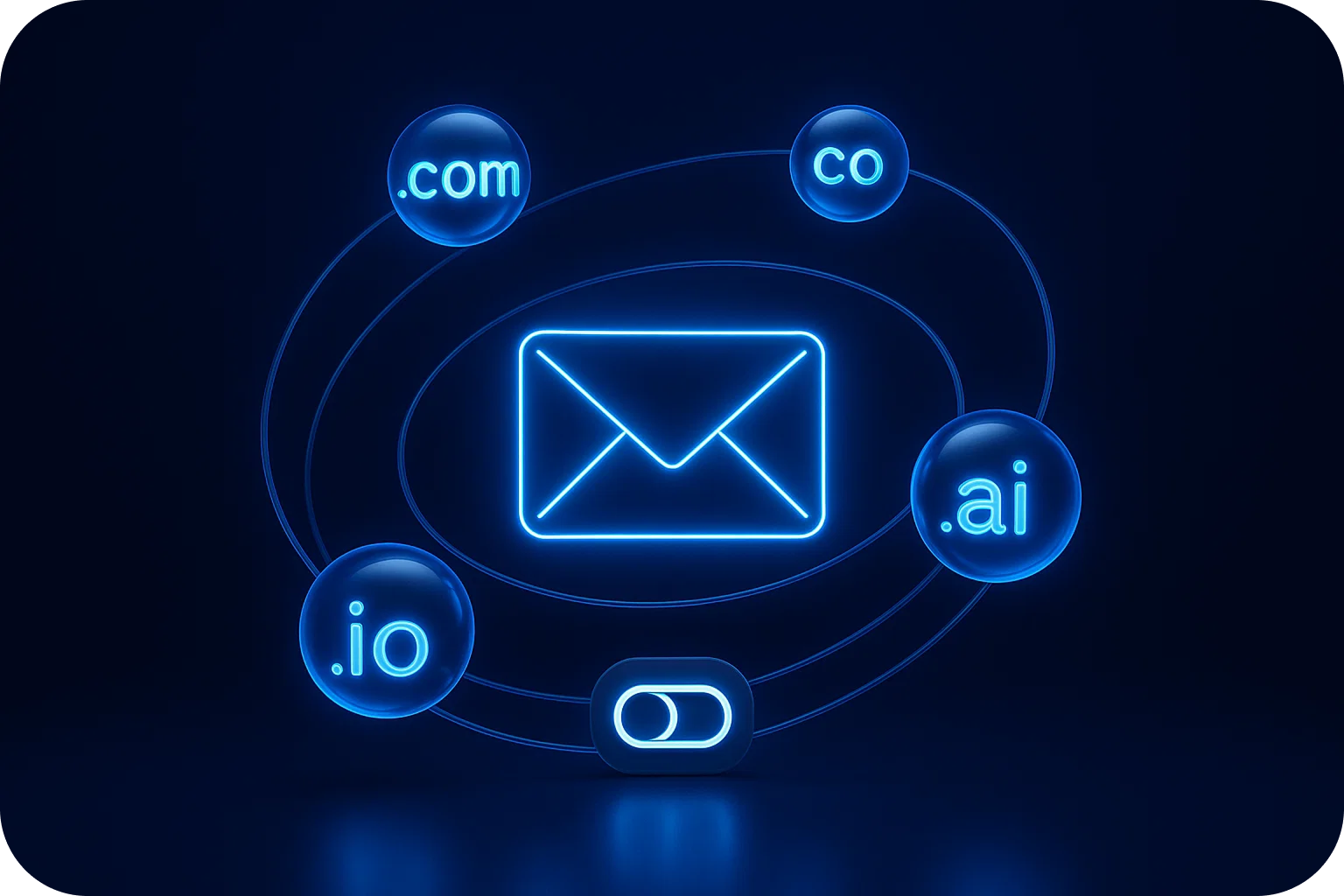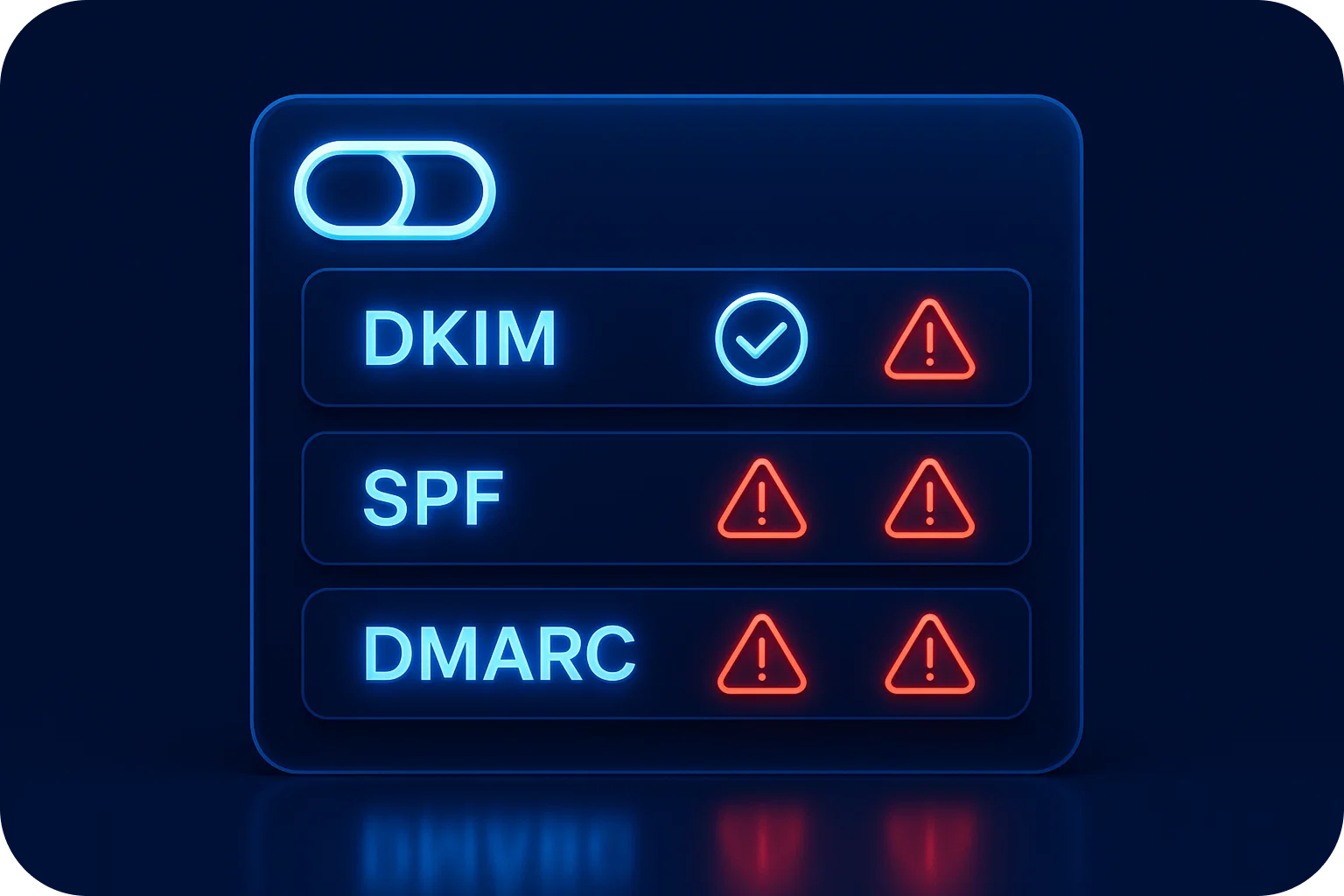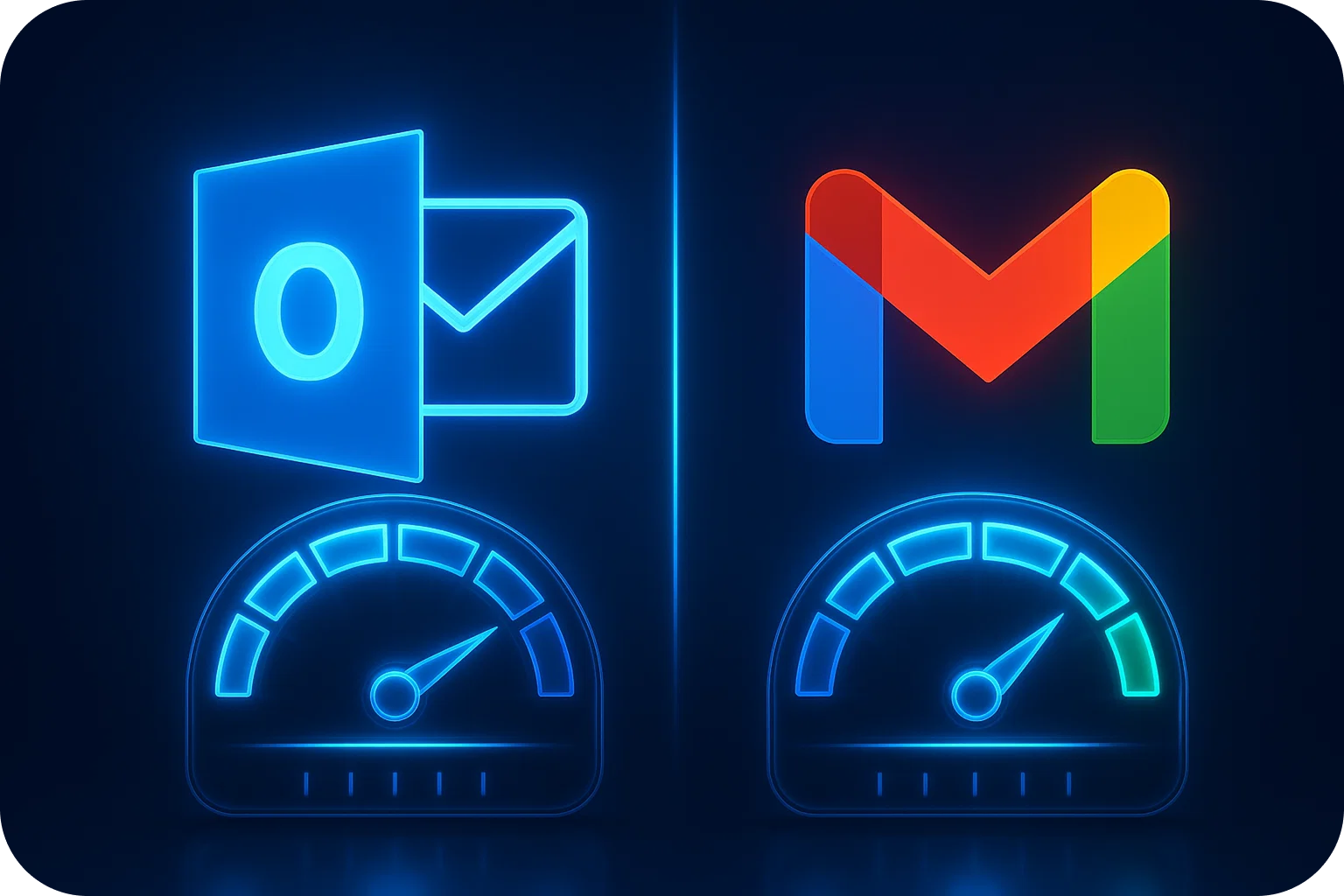The Email List Segmentation Strategy That Doubles Response Rates

Sending the same cold email to your entire lead list is like fishing with a net full of holes, you might catch something, but you're losing most of your opportunities. The difference between average and exceptional cold email campaigns often comes down to one critical factor: list segmentation.
When done right, email list segmentation can double your response rates, dramatically improve engagement, and transform your lead generation efforts from spray-and-pray to surgical precision.
Why Most Cold Email Lists Fail
Before diving into segmentation strategies, let's address why most cold email campaigns underperform. The typical scenario looks like this: you've built a cold email list of 5,000 prospects, crafted what you believe is a compelling message, and hit send to everyone at once.
The result? A dismal 1-2% response rate and minimal conversions.
The problem isn't your offer or even your writing, it's relevance. A CFO at a Fortune 500 company has completely different pain points, priorities, and decision-making processes than a startup founder bootstrapping their first venture. Sending them identical messages guarantees that at least one (probably both) will ignore you.
The Segmentation Framework That Changes Everything
Effective email list segmentation isn't about creating dozens of micro-segments that become impossible to manage. It's about identifying the key differentiators that genuinely impact how prospects perceive your message and respond to your offer.
Company Size and Revenue
This is your foundational segmentation layer. A business with 10 employees operates fundamentally differently than one with 1,000. Your messaging should reflect this reality.
Enterprise prospects (500+ employees) care about scalability, security, compliance, and integration with existing systems. They have longer sales cycles and multiple decision-makers. Your cold email should emphasize enterprise-grade features, case studies from similar companies, and your ability to support complex implementations.
Mid-market companies (50-500 employees) balance growth ambitions with resource constraints. They want proven solutions that deliver ROI quickly without requiring massive implementation efforts. Focus on efficiency gains, competitive advantages, and faster time-to-value.
Small businesses and startups (1-50 employees) prioritize cost-effectiveness, ease of use, and immediate impact. They make decisions quickly but have limited budgets. Highlight affordability, quick setup, and tangible results.
Industry and Vertical
Industry-specific segmentation allows you to speak your prospect's language and demonstrate relevant expertise. A SaaS company faces different challenges than a manufacturing business or a healthcare provider.
When segmenting by industry, customize your cold email list to reference:
- Industry-specific pain points and regulations
- Relevant case studies and success stories
- Terminology and metrics that matter in their world
- Competitors or industry leaders using your solution
Role and Seniority
The person opening your email determines what resonates. C-level executives think strategically about business outcomes. Mid-level managers focus on operational efficiency and team performance. Individual contributors care about tools that make their daily work easier.
Segment your lead generation efforts by:
- C-Suite: ROI, competitive advantage, strategic initiatives
- VPs and Directors: Team performance, efficiency, measurable outcomes
- Managers: Ease of implementation, time savings, team adoption
- Individual Contributors: Specific feature benefits, workflow improvements
Engagement Level and Intent Signals
Not all prospects are at the same stage of awareness. Some have never heard of you. Others have visited your website multiple times, downloaded resources, or engaged with your content.
Create segments based on:
- Cold prospects: No prior interaction—focus on problem awareness and credibility
- Warm prospects: Some engagement—reference their interaction and provide deeper value
- Hot prospects: High intent signals—direct, action-oriented messaging with clear next steps
Geographic and Timezone Considerations
Location matters more than many realize. Regional regulations, market maturity, cultural communication preferences, and even timezone-appropriate sending times impact response rates.
Segment internationally-focused cold email lists by:
- Regulatory environment (GDPR in Europe, CCPA in California, etc.)
- Market maturity and competitive landscape
- Cultural communication preferences
- Optimal sending times based on business hours
Implementing Your Segmentation Strategy
Theory means nothing without execution. Here's how to implement these segmentation principles in your lead generation workflow:
Step 1: Audit Your Current Cold Email List
Start by analyzing your existing data. What information do you have about each prospect? Company size, industry, role, location, and any engagement history should be your baseline data points.
Identify gaps in your data and prioritize which segments will deliver the biggest impact. You don't need perfect data to start; begin with what you have and enrich over time.
Step 2: Create Segment-Specific Messaging
For each major segment, develop tailored messaging that speaks directly to their situation. This doesn't mean writing completely different emails from scratch, it means customizing key elements:
- Subject lines that reference their specific situation
- Opening lines that demonstrate relevant understanding
- Value propositions framed around their priorities
- Social proof from similar companies or roles
- Calls-to-action appropriate to their decision-making process
Step 3: Test and Optimize
Segmentation isn't a set-it-and-forget-it strategy. Continuously test different approaches within each segment to identify what resonates best.
Track response rate by segment to identify:
- Which segments respond best to your offer
- What messaging variations perform strongest
- Optimal sending times for different segments
- Which segments convert to customers at the highest rates
Step 4: Scale What Works
Once you've identified winning combinations of segments and messaging, scale your efforts. Focus your lead generation resources on the highest-performing segments while continuing to test and optimize others.
Advanced Segmentation Tactics
Beyond the fundamentals, consider these advanced approaches:
Behavioral segmentation tracks how prospects interact with your emails and website. Did they open but not respond? Click a link but not book a meeting? These signals inform follow-up strategy.
Technographic segmentation targets prospects based on their technology stack. If your solution integrates with or replaces specific tools, segment by companies using those technologies.
Trigger-based segmentation identifies prospects experiencing specific events—funding rounds, leadership changes, expansion, product launches—that create timely opportunities.
The Infrastructure That Supports Segmentation
Effective segmentation requires the right cold email infrastructure. Managing multiple segments, customized messaging, and high sending volumes while maintaining deliverability demands purpose-built solutions.
Your email infrastructure should support:
- Multiple domains and email accounts for volume scaling
- Deliverability management to ensure inbox placement
- Integration with your outreach tools and CRM
- Compliance with email authentication standards
Poor infrastructure undermines even the best segmentation strategy. If your carefully crafted, hyper-relevant messages land in spam folders, segmentation becomes irrelevant.
Measuring Segmentation Success
Track these metrics to evaluate your segmentation effectiveness:
- Response rate by segment: Which segments engage most?
- Meeting booking rate: Which segments convert to conversations?
- Customer acquisition by segment: Which segments become customers?
- Time to conversion: Which segments move fastest through your pipeline?
- Customer lifetime value by segment: Which segments deliver the most value?
These insights inform where to invest your lead generation resources for maximum return.
The Bottom Line
Email list segmentation transforms cold email from a numbers game into a strategic advantage. By sending the right message to the right prospect at the right time, you dramatically improve response rates, build stronger relationships, and generate higher-quality leads.
The difference between 2% and 4% response rates isn't just doubling your results; it's the difference between a cold email program that barely justifies its cost and one that becomes your most effective lead generation channel.
Start with the fundamentals: segment by company size, industry, and role. Customize your messaging for each segment. Test, measure, and optimize continuously. The prospects on your cold email list aren't all the same; your approach shouldn't be either.
More articles
Get started now




%201.png)
